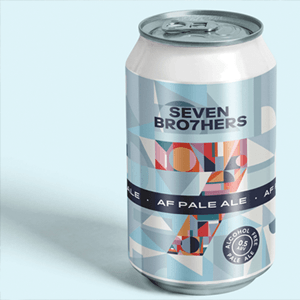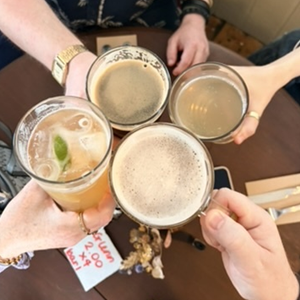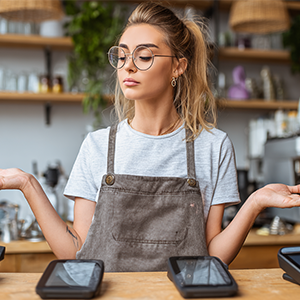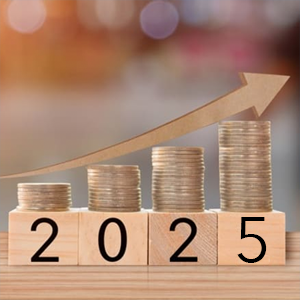Customers call for touch screen service
We always remember the places where we’ve enjoyed great service. It’s at the heart of hospitality, but when circumstances change, service style has to change with it. Measures introduced by operators to keep customers safe in the wake of the coronavirus pandemic seem to have accelerated a change that was already well in motion.
Like the broader retail market, pubs and bars are seeing a shift towards digital-friendly customers, who are far more comfortable with a less “hands-on” approach to service than previous generations expected. The challenge for operators is to keep up with these customer expectations of socially distant, technology-led solutions, while still giving them a warm welcome and memorable experience.
Embracing Innovation
Figures from Ofcom shows that 55% of consumers aged 25 to 34 will have bought goods or services online in the past week, compared to 42% of 55-64 year olds and just 29% of 65-plus consumers.
This younger demographic is a group that pub and bar operators can’t afford to ignore. Research by hospitality analyst CGA show that half of pub regulars are aged 18 to 34. The same report says that pub goers also tend to be quick to embrace new ideas and innovations, Operators who adapt their business model to online ordering will find themselves on the right side of the curve.
A report by McKinsey, ‘How restaurants can thrive in the next normal’, finds that there is a new ‘digital maturity’ amongst consumers around the world. When eating out, these customers are comfortable with online ordering and willing to engage with digital loyalty programmes.
Based on trends seen in China and elsewhere, McKinsey expects consumers to remain more digitally engaged even after the coronavirus is under control. In particular, the report forecasts that social-distancing behaviour will outlast the immediate impact of the pandemic.
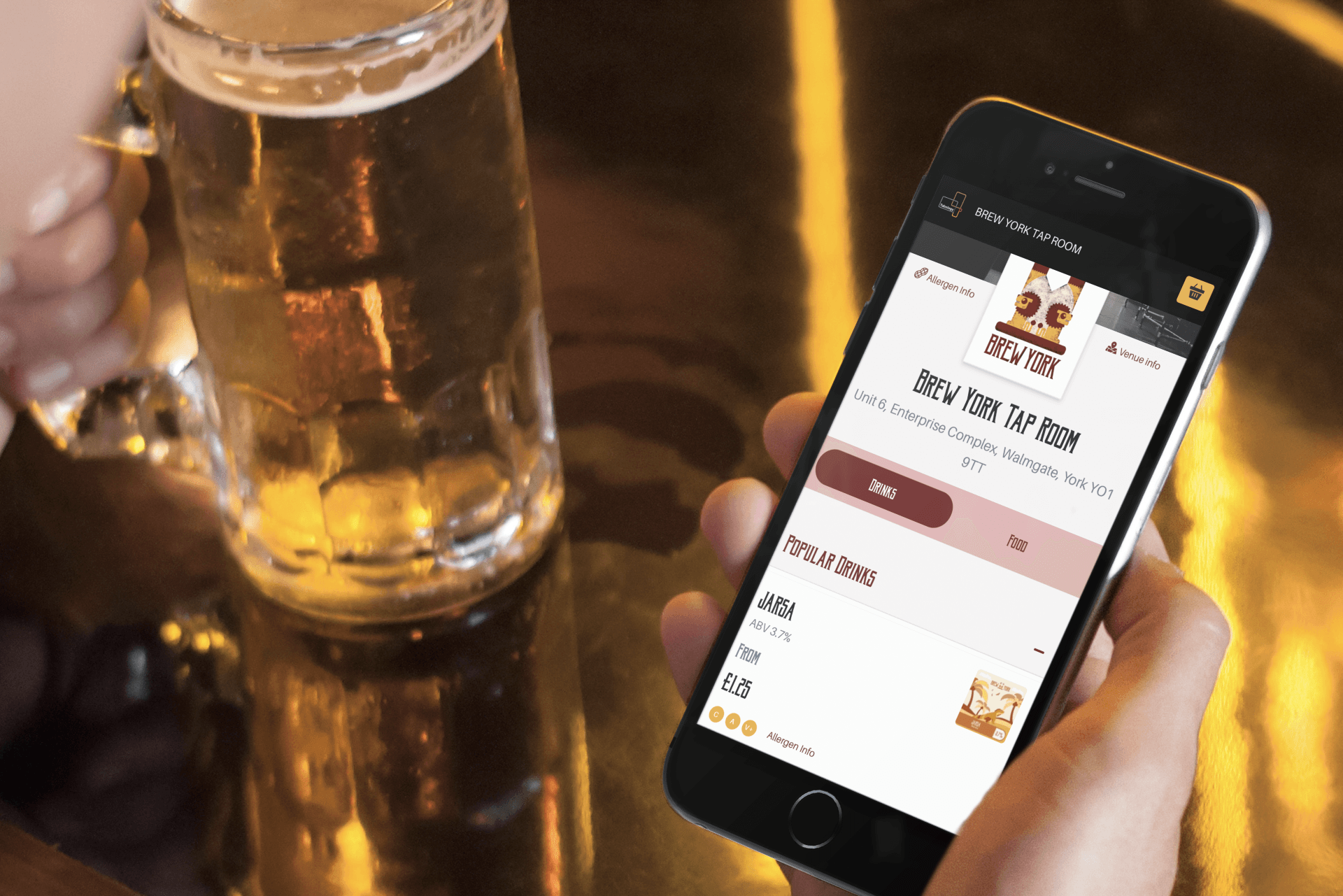
Making it Memorable
The challenge for hospitality operators is that going out to eat and drink has to be more than just a transactional experience. Even with less direct contact with staff, customers still expect to be entertained, engaged and inspired when out with their friends. Businesses need to retain the ‘theatre’ of going out by creating memorable experiences.
Touch screen menus can be a key part of the mix, allowing customers to customise their food and drink from their own phone, or using a tablet on their table. This added interaction also helps operators add incremental sales to their bottom line.
When touch screen menus make higher-margin products visible and appealing, customers’ attention is focused in the right places, and can drive a significant uplift in sales. Cocktails, which can be easily upgraded with the addition of extra ingredients and premium spirits, are an obvious opportunity to boost sales by making the most of interactive menus.
As just one example, Mojo bars group saw cocktail sales across its 5 bars increase significantly once they started using Tabology's drink ordering app. With cocktails featured at the top of the on-screen menu, in the first three months sales increased by 3.5 times compared to the same period a year previously. Across the five sites, cocktails grew from 8% to 29% of the sales mix, tipping the balance towards more profitable products.
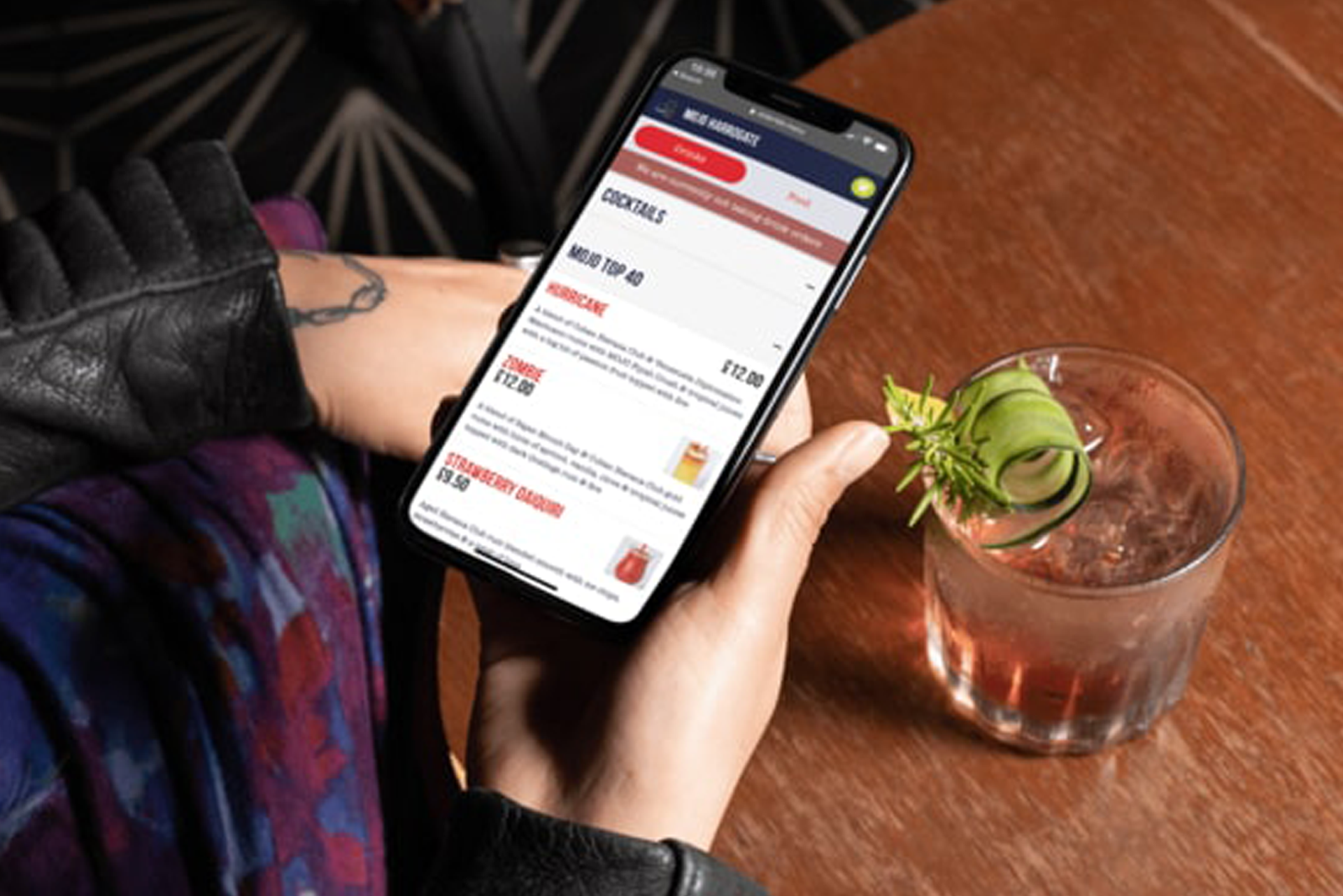
Taking distanced service a step further, self-serve beer systems create genuine theatre in pubs and bars. Research for brewer Marston’s identifies a key group of on-trade customers as ‘Experimenters‘, keen to try a range of beer styles and brands. Self-dispense systems such as PourTab enable customers to enjoy favourite beers and try new ones. Bars which have installed PourTab typically stock a broader range of beers, offering customers improved choice.
Interacting with apps linked to a bar EPOS system also helps resolve the service bottleneck at the end of the session, by allowing customers to order and pay at their own pace. The home stretch of a hospitality visit can be the most frustrating, as customers struggle to catch the eye of a member of staff in order to settle the bill. Paying using the on-screen menu means they can finish and leave without a negative experience being their final memory of an otherwise enjoyable night out.
Ensuring satisfaction
None of this makes great service any less important. CGA’s figures show that consumers who rate the service at a venue as good are more than twice as likely to be satisfied with their overall experience of a pub.
For operators, though, this can be matter of providing the personal touch where it delivers the most benefits, such as the initial welcome and explanation of the ‘rules of engagement’, and the final fond farewell. In between, much of the heavy lifting in customer service terms can be safely left to service apps linked to the venue’s bar EPOS system. The future is already with us, and operators need to adapt quickly.

